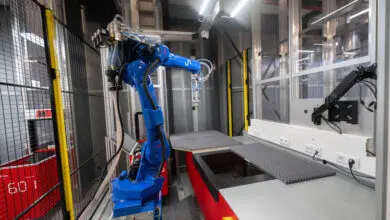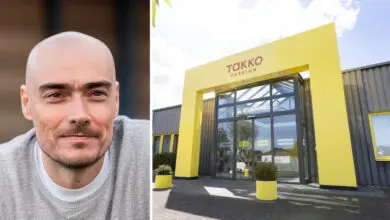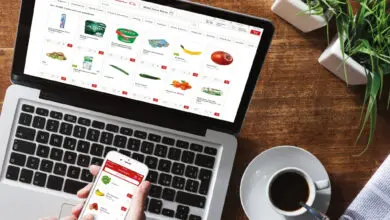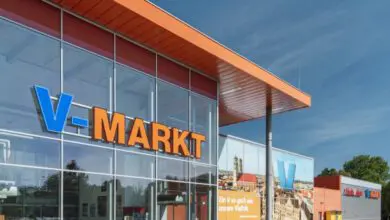Tesco trials GS1 QR codes in practice
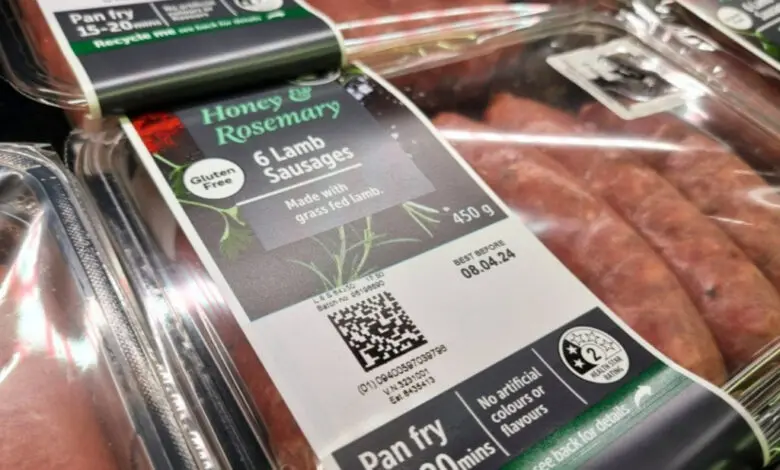
Tesco is piloting the use of GS1 QR codes at a small number of its grocery stores in the south of England. Currently, the 2D code is replacing traditional barcodes for twelve own-brand product lines, including meat and fresh produce. For the project, the British retailer is working closely with GS1 UK and ten of its suppliers.
The project partners claim this to be the first pilot deployment of this type and size by a British supermarket operator. At first, the retailer focusses on utilising key operational data. This is intended to lay the foundation for further applications, such as linking information on allergens, sourcing and sustainability credentials or recycling guidance.
In contrast to traditional linear barcodes, QR codes according to the GS1 standard, called ‘QR codes powered by GS1’, can contain both static and dynamic data. This means that they can refer directly to digital sources and thus flexibly link to a wide range of information on an item, via the GS1 Digital Link Standard. This data can be adapted at any time without having to update the QR code.
First successes achieved
Tesco’s Supply Chain Development & Change Director Isabela De Pedro and Iain Walker, Director of Industry Engagement at GS1 UK, presented the project at the Retail Technology Show 2025 in London. The trial began in early 2024 with just two own-brand products and has since expanded to twelve product lines in the fresh, chilled and ambient categories.
In addition to the GTIN, GS1 QR codes can also include batch numbers and best-before dates. This was already leading to promising results, explains Isabela De Pedro: “We can now tell not just how many of a product are on shelf, but how many are nearing expiry. That’s a huge leap for waste reduction, replenishment planning and customer satisfaction.”
Packaging becomes more complex
However, this requires more efforts in the packaging process. While traditional barcodes can be pre-printed in bulk, QR codes must be printed in-line, on every item, during production. “It’s operationally complex — but the benefits make it worth it”, explains Isabela De Pedro. She reports that Tesco has identified three main benefits: better processes, closer relationships with suppliers and stronger customer loyalty.
The QR code opens the possibility of addressing customers directly at the shelf at item level. By scanning the QR code, customers can access sourcing information, nutritional content, allergen details, recyclability info, recipe suggestions, promotions and more. Iain Walker calls this “a bridge between the physical and digital world — but on the consumer’s terms.”
Less is more
However, Isabela De Pedro cautions against trying to do everything at once. There was great temptation to overload the experience. “We’re being careful to test what works, what’s useful, and how to avoid overwhelming the customer,” she explains Tesco’s approach.

